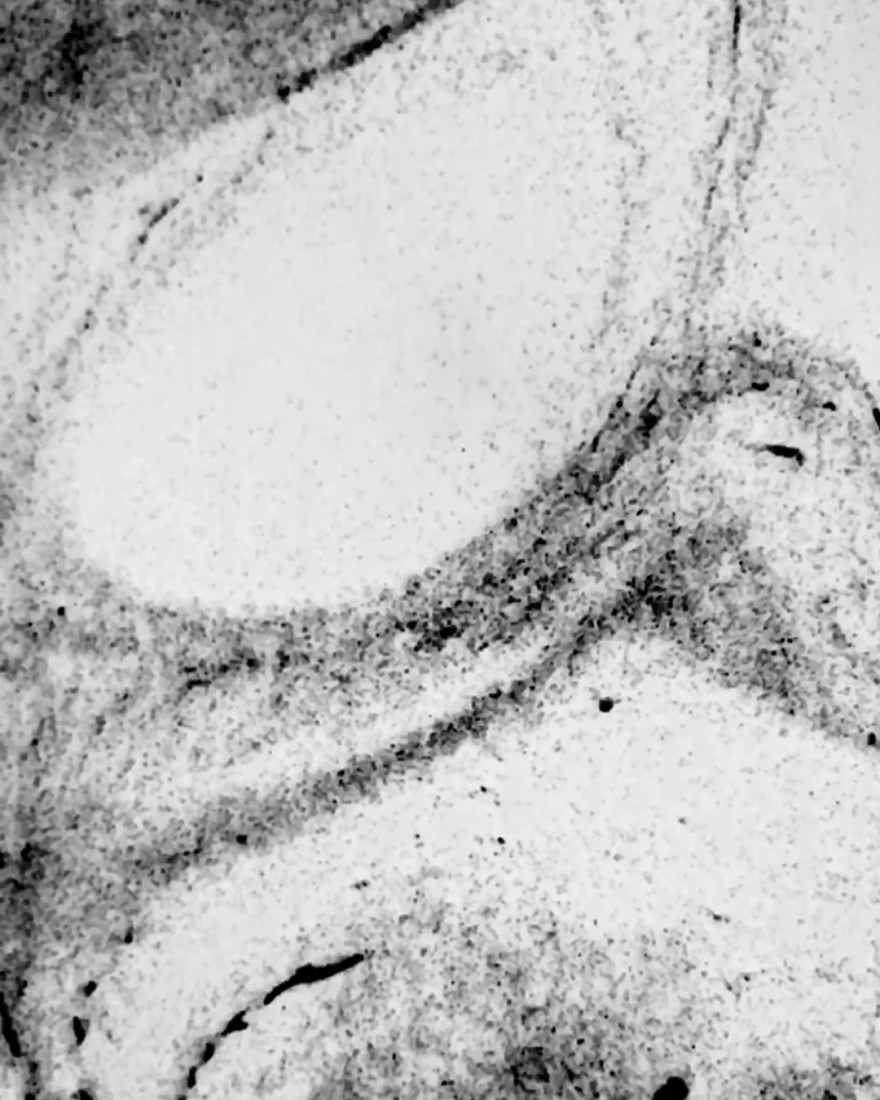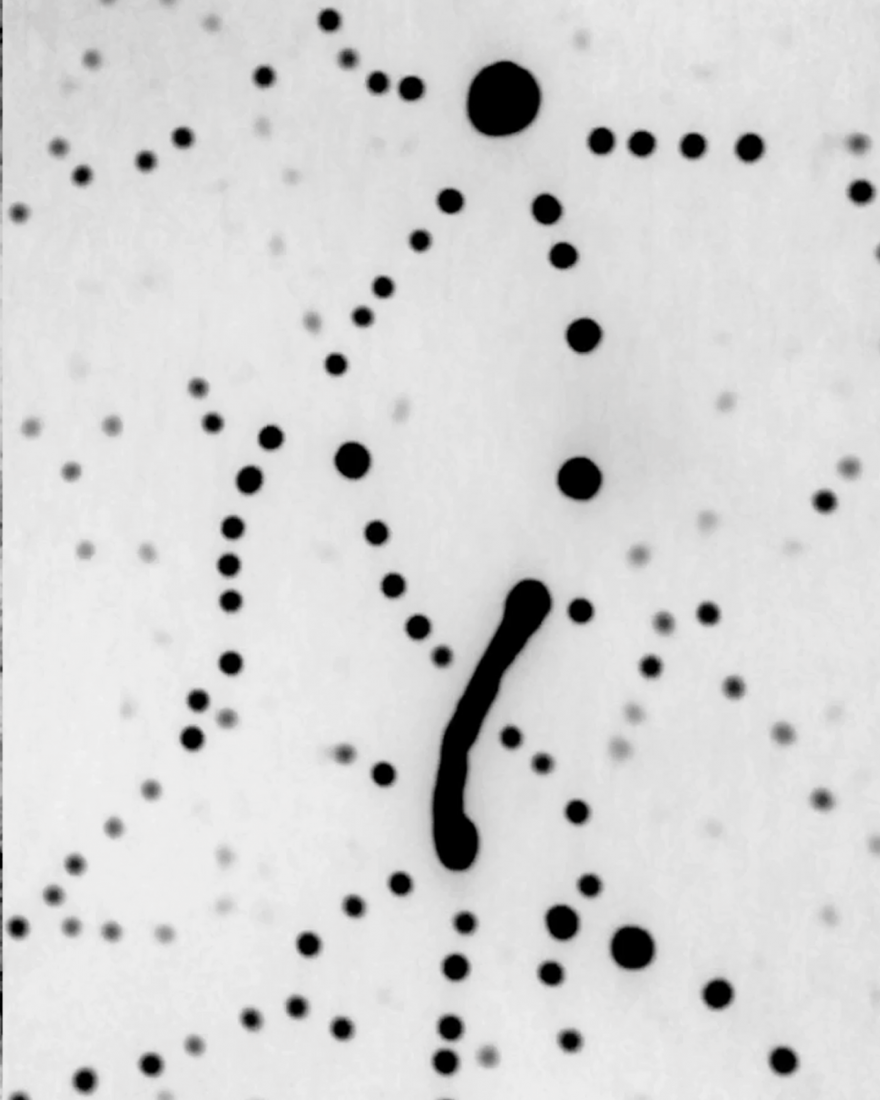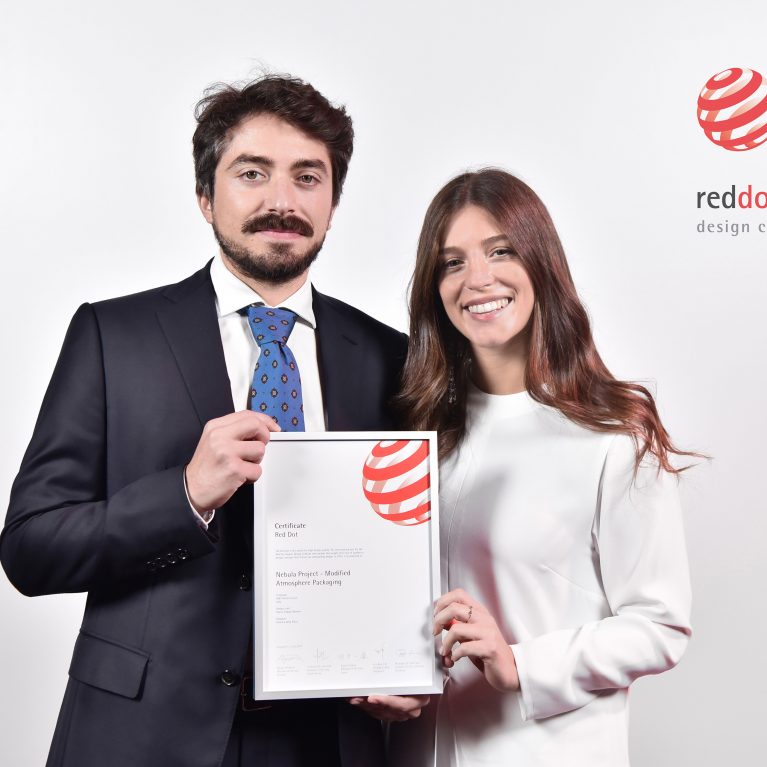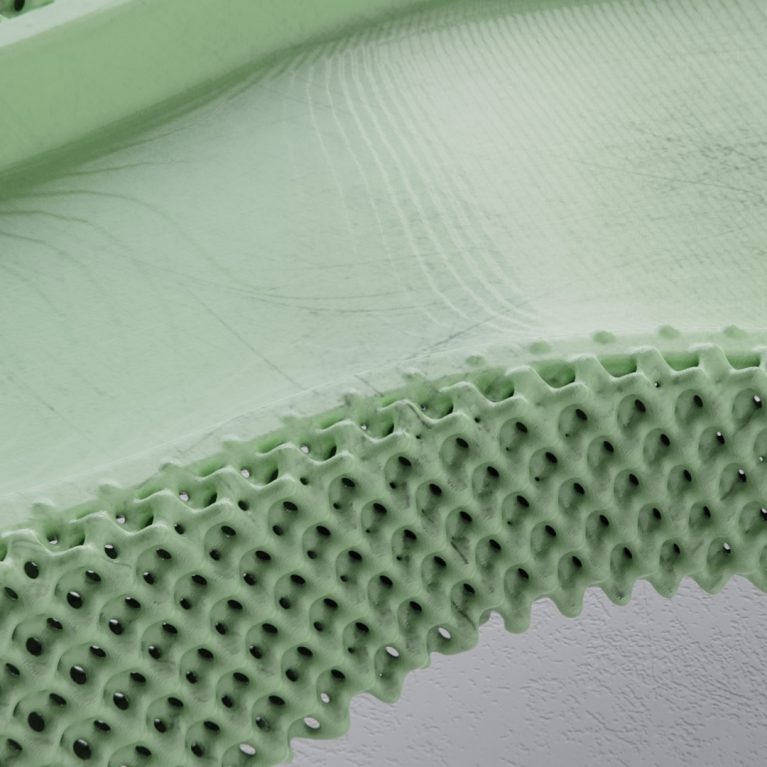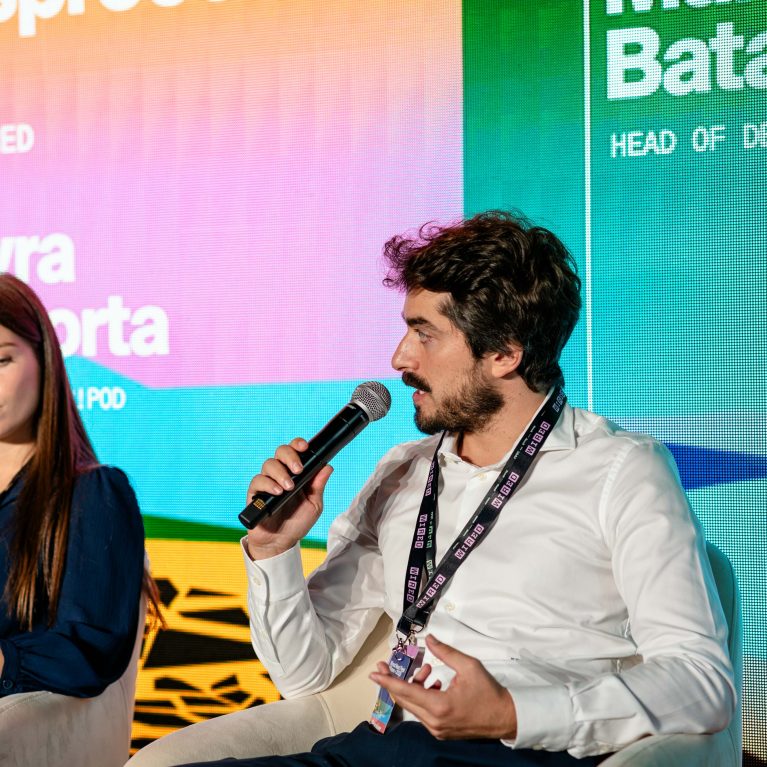Order in chaos: Industrial Design system based on nature’s behaviour
In nature, in every simple or complex system, there is a scale of iterations distributed over several levels.
We speak of regional behaviour within a single system that can be characterised by several identifying features at the same time: within a system at the moment of its birth (t0), once the external influencing agents are established, and the internal population is characterised with fixed and differentiating parameters, with the application of the agent (which may be single or multiple, fixed or variable) the behaviour of the population will be progressively differentiating until a general paradigm of formal change with unique characteristics in specific regions is constructed.
From the formal point of view, each geometric pattern’s behavior is in nature unrepeatable since it is generated by many layers with distinctive expressions. We generally speak of order within natural structures, but the chaos component adds the specific and unrepeatable trait to the pattern
In industrial design, we work in layers, moving from functional volumetric studies to specific local treatments that constitute the unique character of an object at the end of the work.
The analysis and development process of a product follows by nature the approach to the theme of creation: the transition from large to small. By comparing two creative disciplines such as industrial design and computational design, design principles and mental schemes can be extracted, based mainly on the imitation of established creative processes in nature:
- The characterisation of the basic elements of a system, the creation of their unambiguous identity, will be the first choice to influence the outcome of the process consistently: varying the basic elements, whether they are design constraints or intrinsic characteristics of a population of particles to be animated, means obtaining different results.
- The definition of a relational scheme between the basic elements and the complexity. In procedural design and coding, this means creating a defined relationship between a point and a set and is fundamental in determining the range of the result. In industrial design, it means defining a specific objective linked to the starting elements; a poor definition of the objective can invalidate the process.
Beyond these two design macro-categories, some subsystems can bring high value to the design process.
One of these is the philosophy of “minimal impact”, where small choices can have significant perceptual variations: a shiny pixel can change the entire perception of a material. Locating the point of maximum energy in the system, energy can be as creative as it is perceptive: in a particle animation, it can define the texture of the simulation. In a complex surface such as a car body, it can determine the centre from which the emotional perception of the whole opens up.
There are many points of contact between the creative process and the process of creation in nature, and there are countless elements that can still be analysed and transferred into the design disciplines. Knowing how to translate is itself a creative process, and often it is not a matter of inventing but of observing and understanding.
Related News
SAES Getters wins the ‘Red Dot Award’ with Project Nebula
“With Nebula, we wanted to push the technological part to the limit to reduce the size of the product.”
Procedural Design for Industrial Applications
Topological optimization is revolutionizing design approaches in various fields, from complex system engineering to architecture.
Filippo Batavia and Ginevra Della Porta, reflections against food waste at the Wired Next Fest 2023
Leveraging the experience gained from the Nebula project, DesignHouse developed a new product from scratch in less than two years.



